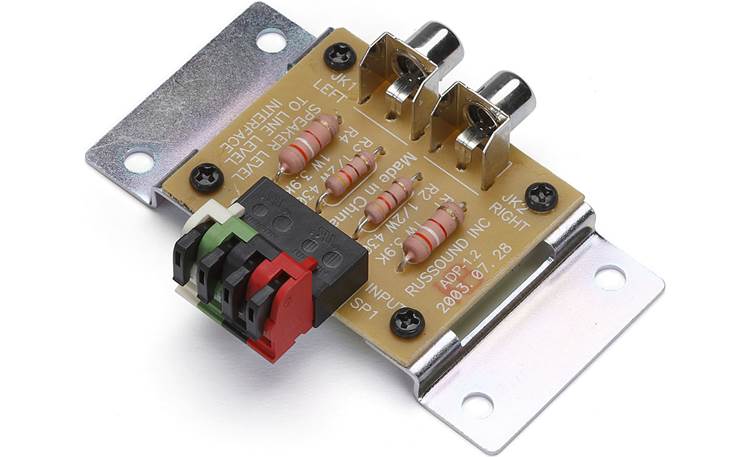Hi,
I have currently added 2 speaker level line out converters to my Denon AVR for LCR channels. The center channel signal goes to a Rotel stereo amp which I have biamped to the center channel speaker (40W+40W) while the LR channel signals go to another Pioneer AVR (110W pc in 2 ch @8 ohms) which I run in pure direct mode. The rear surround speakers and Atmos speakers are connected normally to the Denon.
Normally when a preout signal is taken from the AVR, the amplifier within the AVR gets additional headroom to power the other channels (from what I have read). Does the line out converter also reduce the load on the AVR acting in a similar way as a pre-out ? Request someone with technical knowledge to revert.
Thanks for reading.
I have currently added 2 speaker level line out converters to my Denon AVR for LCR channels. The center channel signal goes to a Rotel stereo amp which I have biamped to the center channel speaker (40W+40W) while the LR channel signals go to another Pioneer AVR (110W pc in 2 ch @8 ohms) which I run in pure direct mode. The rear surround speakers and Atmos speakers are connected normally to the Denon.
Normally when a preout signal is taken from the AVR, the amplifier within the AVR gets additional headroom to power the other channels (from what I have read). Does the line out converter also reduce the load on the AVR acting in a similar way as a pre-out ? Request someone with technical knowledge to revert.
Thanks for reading.



